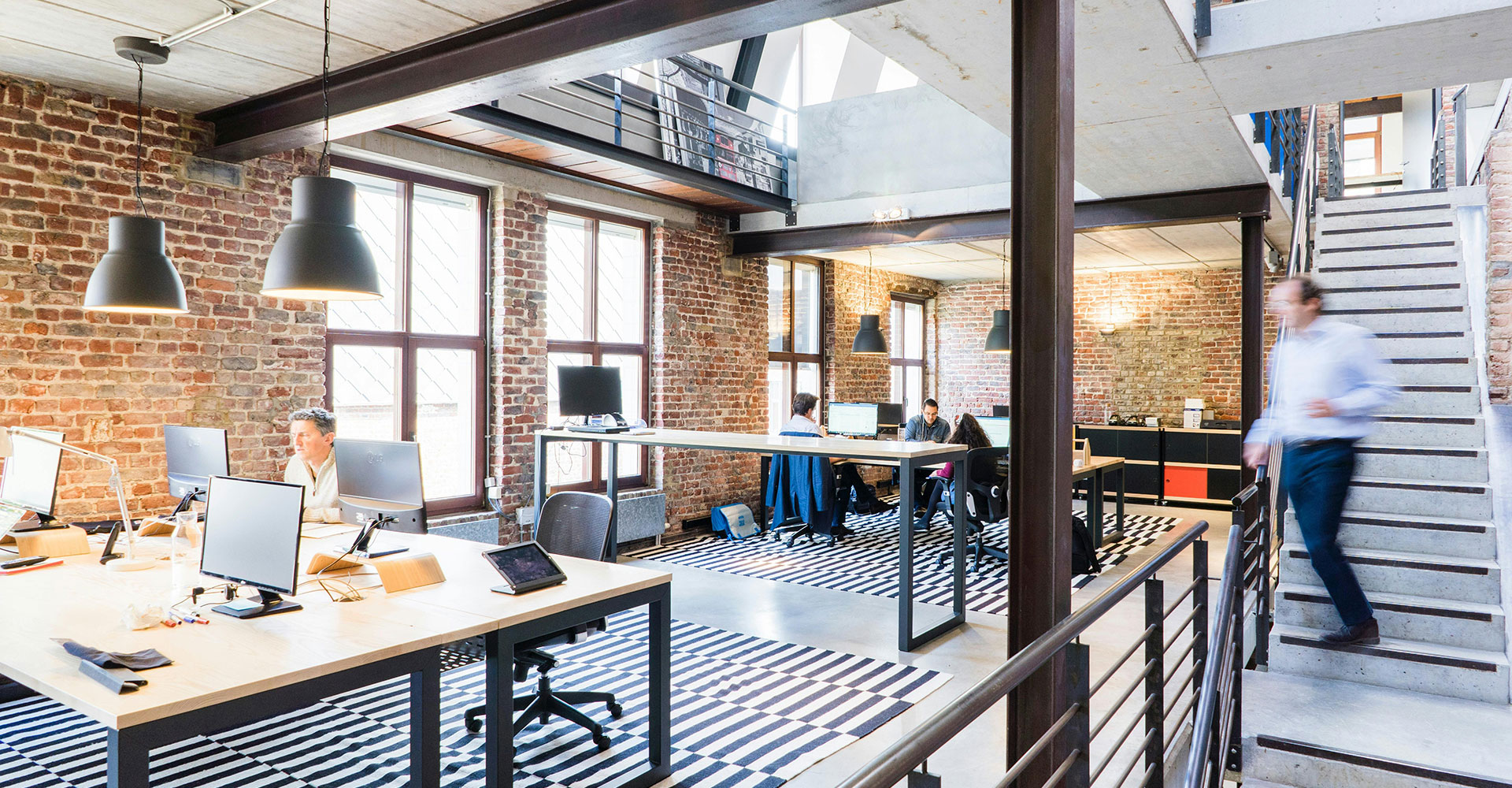Many economic and business factors will affect the commercial real estate market next year. From companies having to rethink (again) plans for a return to office to an increase in Environmental, social, and governance (ESG) prioritization, the market outlook remains fluid.
The CRE Outlook According to Deloitte
Deloitte’s 2022 Commercial Real Estate Outlook examined the effects of economic, social, and digital disruptions on the development, finance, and use of CRE. Key findings include the following:
- 8 out of 10 respondents don’t have a completely modernized core system designed to integrate emerging technologies more easily. Too many firms still depend on legacy technology systems—a potential issue for future scaling and innovation.
- 80% of respondents anticipate that—despite a constantly-evolving regulatory environment and some lingering financial concerns—their 2022 revenues will be higher than 2021 revenues.
- 25% of respondents said their companies plan to substantially increase technology investments to shore up asset management and portfolio capabilities. Many CRE firms have focused on retrofitting properties or repurposing spaces to gain maximum revenue.
- 75%+ indicate plans to expand partnerships with or invest in “PropTechs” to help enable and deploy real-estate-as-a-service (REaaS) delivery models, as sustainable properties—which many industry experts agree often provide the key to better tenant experiences.
A majority of CRE employees would like to see their firms more purpose-driven, especially as the industry develops long-term, flexible return-to-work strategies. Many workforce issues remain priority among employees, who expect their companies to prioritize wellbeing, ESG, and a more individualized approach for how and when people work (remotely, in office, or hybrid). The demand for technology skills remains high as well.
While other industries have begun prioritizing ESG prior to 2021, more CRE companies have also begun to address climate risk, too. Survey respondents indicated sustainability is a priority for next year. Other areas CRE leaders must prioritize include diversity, equity, and inclusion (DE&I) and other social initiatives as it strives for achieving equitable representation.
Other Trends for 2022
While the COVID-19 pandemic created a serious economic contraction and also accelerated changes already impacting the real estate markets, CRE will continue to evolve as an equity investment asset class.
Surging and Lagging Assets
Data center, industrial, life science, multifamily, and single-family properties remain poised for strong growth, investment, and value increases next year. Demand may cause transaction volumes to decrease, as greater investor competition drives prices up. Assets that might not see strong gains include hotel, office, and retail spaces.
A Tumultuous Retail Environment
The most volatile commercial asset class since the pandemic’s start, retail has seen drastic changes in consumer shopping behaviors. Brands have rethought their sales and marketing approaches, reinvented their offerings, and right sized their spaces to differentiate shopping spaces.
Many retailers are relying less on their storefronts as customers shift to more online shopping. But these changes also mean a rise in omni-channel fulfillment, which includes stock rooms, order inventory management, deliveries, returns, and restocking. More warehouse space—and industrial fulfillment and/or distribution centers—will spring up to support this omni-channel approach.
Back to the Office? Not So Fast.
Before the arrival of the Omicron variant, many companies were making concrete plans to move at least a good portion of their workforce back to the office—if not full time, at least on a hybrid basis. Now, however, organizations are stepping back to reconsider. Apple’s employees will stay virtual for the foreseeable future. Google and Ford Co. have walked back plans. Even Morgan Stanley’s CEO, James Gorman, conceded he was “wrong” about requiring employees to return. His company hasn’t set a firm return-to-office date and remains in a transition period.
Even once employees do return to their office spaces, companies opting to permanently adopt the hybrid model are reevaluating the space they do need. Some may choose to downsize, based on current and projected space requirements, as they realign business models and budgets.
Environmental, Social, and Corporate Governance (ESG) Gains Momentum
Even before the pandemic, we’ve seen a decade-long trend of companies embracing more ESG initiatives. Next year, the focus will remain on sustainability, with organizations exploring how they can reduce carbon footprints, support their communities, and more.
The Supply Chain Remains Bumpy
Construction costs remain high, driven by demand and a shortage of materials and product inventory. Lead times have lengthened, commodity prices skyrocketed, and the challenge to get materials remains high.
We’re still seeing backlogs at ports of entry, and while some of the country’s biggest West Coast ports have adjusted schedules to run 24/7 (or close to it), a scarcity of chassis and shipping containers remains. The government relaxed regulations to allow truck drivers to increase the number of hours they drive per day, and freight is on the move—a bit faster than before—but unsnarling tangled transportation issues will remain through mid-2022.
Warehouse space near ports of entry remains at a premium. In fact, prices for first-year base rents increased 24.1% YoY through May 2021 in California. Northern New Jersey saw a 33.3% YOY increase this year. Rents for bulk warehouse spaces >500K ft2 increased the most, at 13.2%. In some instances, storage rates have doubled since 2020.
Market Dynamics
Real estate market dynamics these days are… interesting. Higher material costs have driven costs for new inventory, indirectly increasing values of existing assets. With increased demand and low supply, rents have increased, too. It’s likely the imbalance will continue into next year, creating an opportunity to raise rents on existing spaces, since material shortages will delay the completion of new developments. Should demand fall, however, so will prices.
What Other Industry Professionals Are Saying
According to the CRE pros, the following business and economic factors will also influence pricing and deal flow within the industrial and office sectors.
- The competitive advantage goes to buildings with outdoor spaces, robust amenity packages, state-of-the-art fitness and wellness options, and a commitment to ESG.
- We must keep an eye out on inflation and its potential impact. In a policy shift mid-December, the Fed recently signaled three 2022 hikes, revising its median projection from 2.2% to 2.6%.
- Digital transformation’s here to stay with continued adoption of new technology. Properties with up-to-date tech, collaborative spaces, and upgraded operations systems will outperform older, ‘commodity-space’ buildings less optimally located.
- The life sciences and technology sector remains resilient and will stay hot for investors seeking something other than traditional office space investments next year.
- Fortune 1000 and smaller companies—in addition to focusing on ESG—will also amp up their priorities around diversity, equity, and inclusion (DE&I), with employee and vendor bases reflecting client bases.
- With consumer spending up and meteoric growth within the ecommerce category, the need for more modern distribution space and improved supply chain logistics remains. Expect to see more fulfillment and last mile delivery centers as companies invest in inventory expansion while access to capital remains strong.
To quote a Danish proverb, “It’s difficult to make predictions, especially about the future.” So how do you prepare for a future you can’t predict? The best way you can. With research and talking to industry experts, like those at CREA United. Whether you’re an investor or tenant, hoping to buy or sell CRE, our organization takes an organic approach to networking. Over 70 firms representing all disciplines within the CRE industry have partnered to take a collaborative approach to business development. We’re here to help you.

